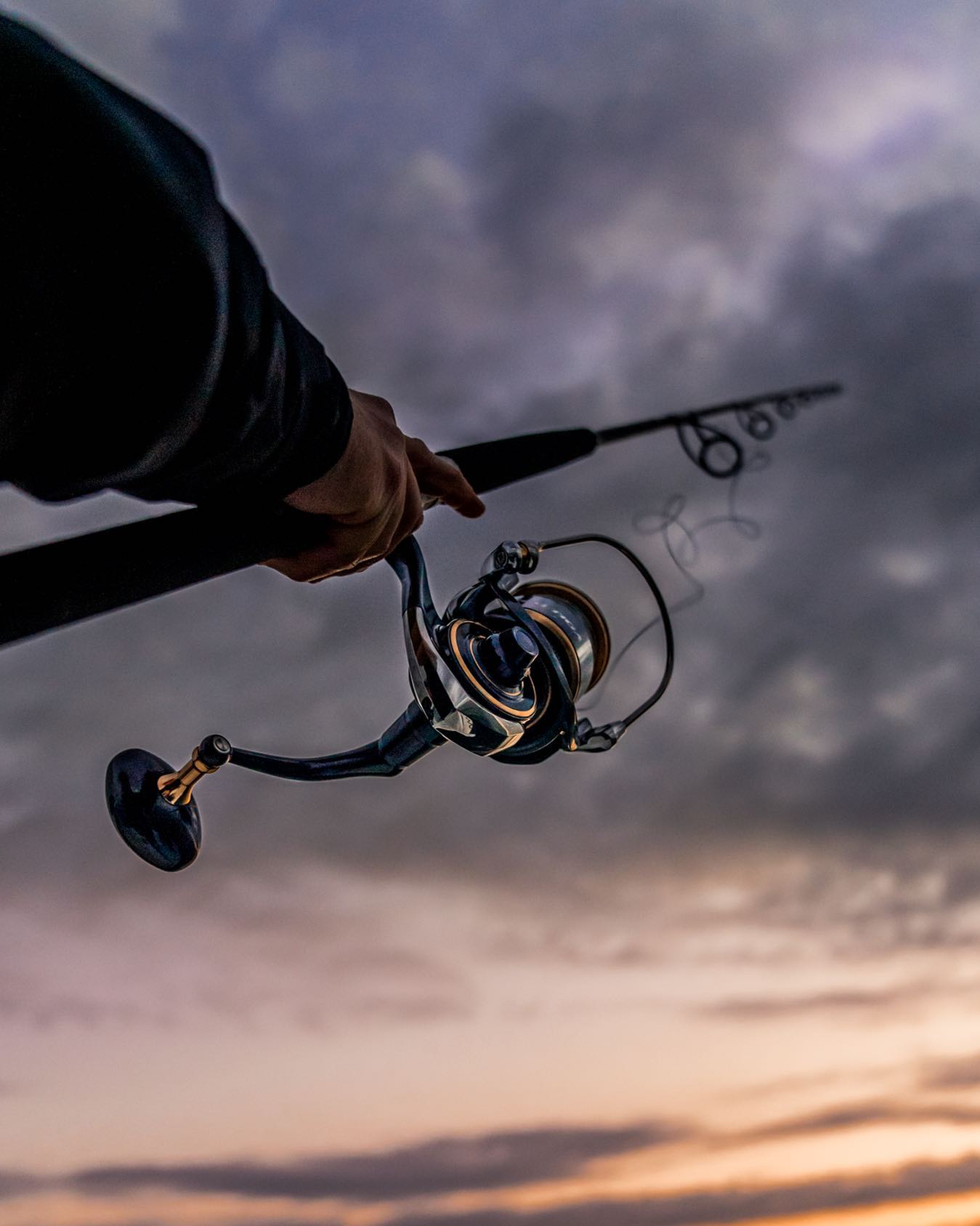
This is a situation to which a fisherman has normally already been exposed. You come to the end of your fishing session, and when you dismantle your tip, you can't get it to release. You then tend to force the two parts of the rod together, so let's try to separate the different parts.
In most situations, you'll manage to unlock the tip or one of the other parts if you're using a travel rod. But sometimes your set-up, whether it's your casting rod or your spinning rod, has been made with a little too much force.
You'll find yourself wondering how to break the fitting without risking the quality of your line.
How do you go about it?
First of all, it is important that the angler should be able to attempt this technical operation at home and in a calm environment. The nervousness sometimes generated by the situation can weight to too rapid an action, putting the integrity of the rod at risk and sometimes even the reel, lure, line, hooks and everything else around it. Start by putting your rig and rod in the car if it fits. You're done fishing for the day anyway.
Once you're home, there are several ways to unblock your fishing rod, whether casting or spinning. First of all, you can try to force the two elements together again. The change in temperature between your fishing spot and the comfort of your home may be enough to change the type of blockage and solve your problem. Your hands will also be drier and free of water and moisture. Remember never to force the rings, as this could damage their alignment and hold them in place.
If this first attempt doesn't work, you can wait until the following day and repeat the operation. Your ability to be patient will certainly be greater once you're rested. For the sinner who is in a hurry or who doesn't have enough space, a chair technique is probably the most appropriate to date. It avoids damaging the rods and the tip of the rod.
All you have to do is space two flat chairs 30 cm apart and place your take-up in the gap between them. This technique requires you to roll the rods for long minutes. It's a game of patience that can last from a few minutes to a good hour. But you'll find that little by little the vibrations radiating from a fitting will cause the two parts to gradually move apart.
How can this situation be avoided?
As a sinner, you can prevent this from happening. Even though this technique will unblock almost all cases encountered. You can use a product to put on the carbon parts. This will hold the parts together better all the time, making assembly and disassembly easier.
Secondly, it's important not to force the assembly. The aim is not to get to the bottom. Whether it's a spigot or an inverted, the manufacturers plan to use them without forcing. So if you're light on the assembly and don't go to the bottom, you'll have a good chance of avoiding this problem.
Lastly, remember to remove all traces of water from the interlocking parts. Moisture is often the reason for these blockages.
Our other articles on fishing rods:
